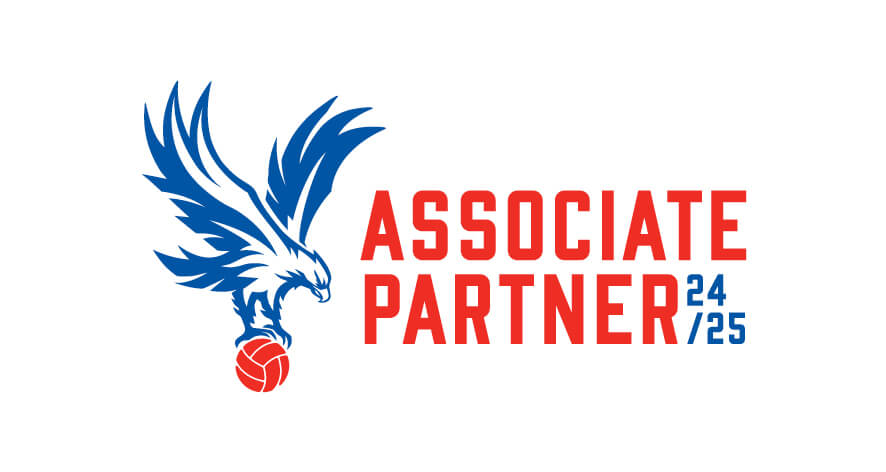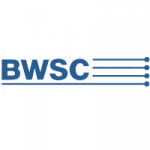Part 3 Project Management – Large Scale Fire Risk Assessment Case Study
Project Management
The DDS Project Manager role is critical to the success of this project and provides an important interface “on the ground” between the following parties:

It is envisaged that the Project Manager will be responsible for the following:
Ensuring NSi BAFE SP205 Quality Standards
- In conjunction with Client project management team select Fire Safety Risk Assessors to be responsible for the completion of fire safety risk assessments for each category.
- Arrange schedule of visits for each property category and follow through project critical path
- Communicate schedule and progress updates to Risk Assessors and the Client Project Team.
- First visit for each property in each category to be co-ordinated with Lead Fire Safety Risk Assessor and includes all risk assessors for that category (to enable discussion and consistency of approach).
- Coordination with and follow up of any Client feedback based on reports issued.
- Timely escalation of issues or problems experienced (same day, or immediate depending on risk).
IMPORTANT
For the purpose of ensuring consistency, it is our normal practice to restrict the number of risk assessors involved per property category. Where possible we will seek to have ONE “lead” assessor, who will be responsible for ensuring the consistent application of all risk assessment criteria. Where the volume of risk assessments for a particular category means that it is not feasible to complete with just one risk assessor, the Project Manager will be responsible for ensuring that risk assessments are completed on schedule and criteria consistently applied by all Risk Assessors.
The Directors of DDS (International) Limited are committed to the delivery of a quality and robust solution that not only meets but exceeds Client requirements, meets NSi BAFE SP205 accreditation standards and is compliant with legislative requirements and delivers a process of continual improvement, in accordance with BS EN ISO 9001 and ISO 45001 certification requirements.
This article is the third in the series of our Large Scale Fire Risk Assessment Case Study. Please find below links to the other articles of the study:
Part 1 Overview
Part 2 Preparation
Part 3 Project Management
Part 4 Fire Safety Risk Assessment
Part 5 Review
Part 6 Example of FRA Works Carried out for a Local Authority










Comments are closed.